Are We Headed For World War III, Or Are We Already In It?
The year 2023 has ushered in a period of heightened global tension and uncertainty, with multiple geopolitical flashpoints threatening to escalate into a world-altering conflict. The catalyst for these concerns was Russia's full-scale invasion of Ukraine, a move that triggered swift international responses in the form of sanctions and military support for Kyiv. Similarly, Israel's war against Hamas risks drawing regional players into a wider conflict with repercussions far beyond the Middle East. At the same time, there is increasing conflict between China and neighbouring countries. In fact, a senior Ukrainian official has stated that the war has already begun. The world now finds itself on the precipice of potentially catastrophic developments in several longstanding disputes; hence, we will explore five regions that present the most significant risks for the outbreak of a conflict that could be ominously labelled "World War III."

Geopolitical Tensions and the Risk of World War III
The world is currently grappling with elevated geopolitical tensions, worsened by Russia’s invasion of Ukraine and the ongoing Isreal Hamas conflict, which has the potential to escalate, drawing other Middle Eastern nations into the fray, the deteriorating US-China relations and China’s escalating tensions with its neighbours.
Experts at the Stockholm International Peace Research Institute have issued warnings about the globe edging toward one of the most dangerous periods in human history.

Israel’s Concerns Over Iran
Israel has long been vocal about its apprehensions regarding Iran’s nuclear program.
Israeli Prime Minister Benjamin Netanyahu has persistently sounded the alarm and even threatened military action against Iran on numerous occasions.
Recent events, such as Hamas’s attack on October 7, have added urgency to these concerns; there is growing suspicion in Israel that Iran not only inspired but also funded and equipped Hamas’s unprecedented assault.
Should Israel uncover compelling evidence of Iran’s involvement, global anxiety is likely to surge.
Netanyahu and his ministers may be considering a broader agenda for the US deployment that extends beyond military deterrence and political posturing, potentially involving Iran.
The Middle East as a Source of World War III Threat
Geopolitical analyst and author Brandon Weichert, known for “The Shadow War: Iran’s Quest for Supremacy,” has cautioned that the Middle East poses the greatest threat of igniting a new world war.
This scenario raises concerns that the United States might be drawn into a war precisely when it lacks the capacity, resources, or will to achieve victory in such a conflict.
This situation, where Iran may feel cornered and potentially in open conflict with a US-backed Israel, would place a glaring spotlight on Iran’s nuclear capabilities.
The Russia-Ukraine Conflict
Russia’s invasion of Ukraine, commencing in February 2022, has been described as the most perilous development in Europe since the end of World War II.
Vladimir Putin’s losses have only intensified concerns that he might lash out and expand the conflict, particularly the recent developments where Europe and the US are likely to pass an order for utilizing frozen Russian assets to rebuild Ukraine, a move that Putin may not take lightly.
In July, Dmitry Medvedev, the former Russian president and current deputy secretary of its Security Council, criticized NATO members for pledging further military aid to Kyiv, warning that such actions could lead to World War III.
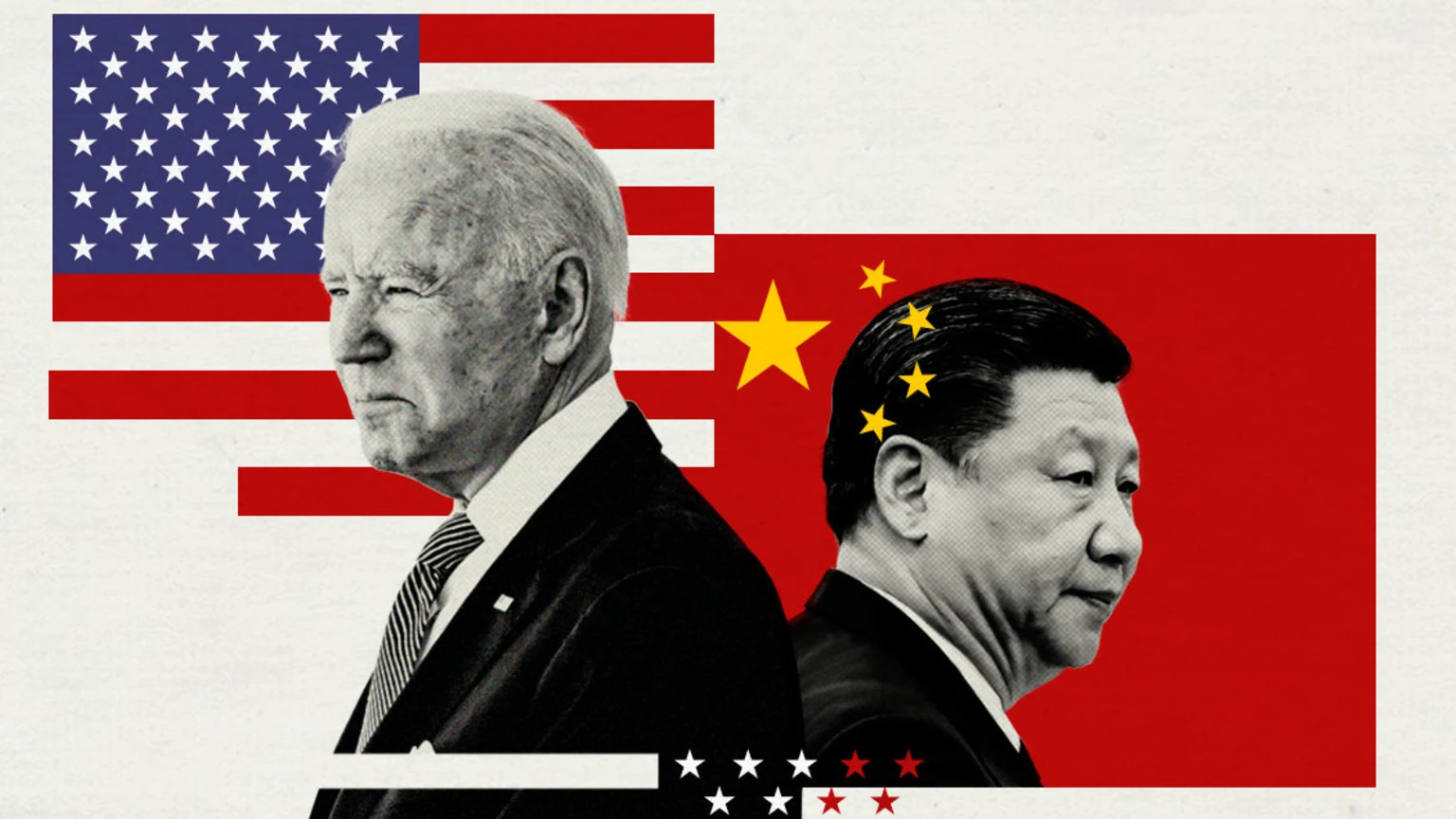
China-US Rivalry
The escalating rivalry between China and the United States is a significant threat to global stability.
China’s rapid military growth and modernization have raised concerns in the United States, which now possesses fewer military personnel and naval vessels.
Relations took a dramatic turn for the worse after then-US House Speaker Nancy Pelosi’s visit to Taiwan, further souring when China flew a large balloon into US airspace.
Recent attempts to mitigate tensions have been made, but analysts believe that re-establishing stability and balance would require substantial effort and political will, which may be tested during US and Taiwanese presidential elections.
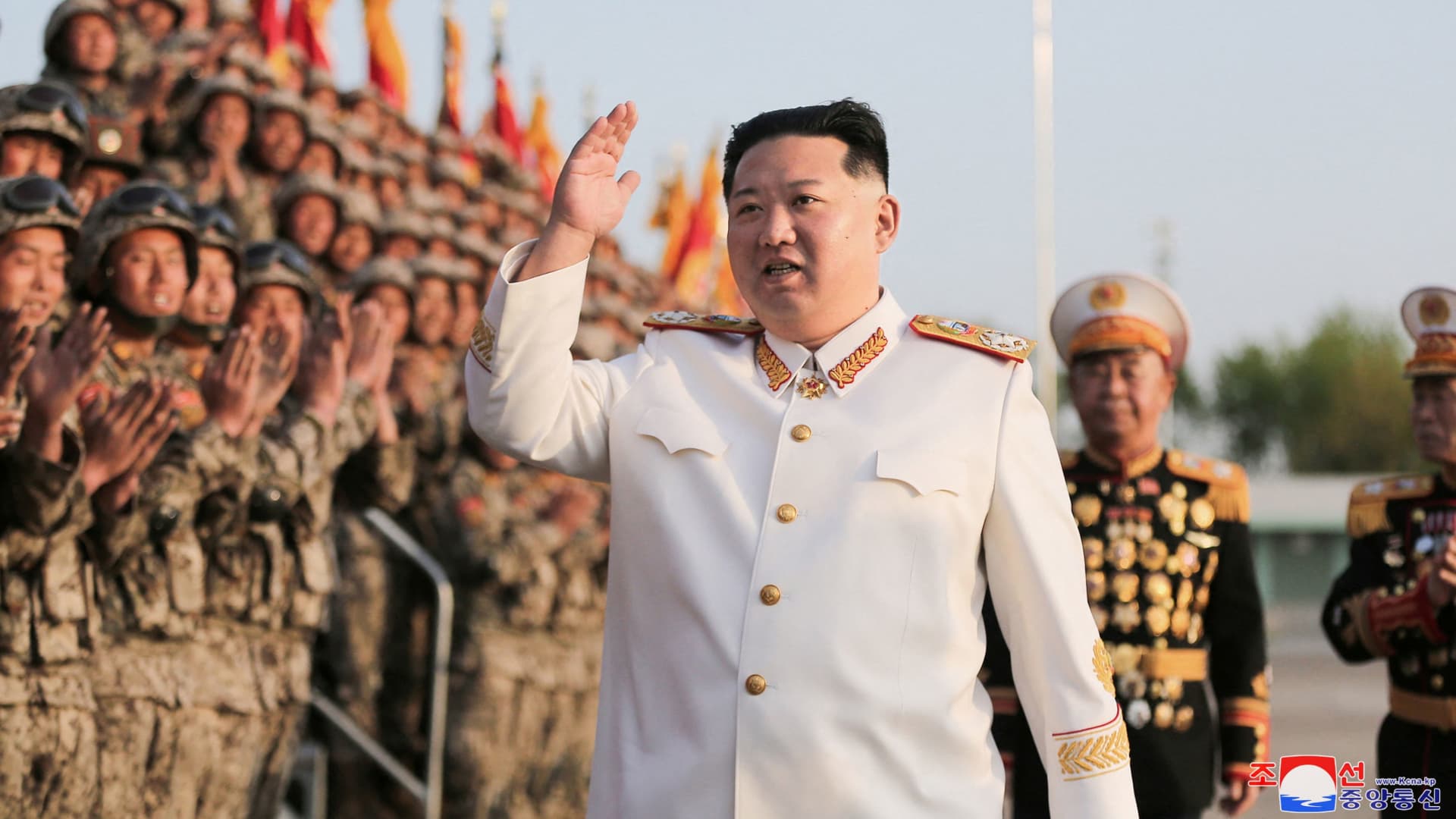
North Korea’s Role
Again, security dynamics in Northeast Asia have become increasingly volatile, amplified by China’s growing military threats and the aftermath of Russia’s invasion of Ukraine.
North Korea has drawn closer to Russia, while Japan’s relations with Russia have deteriorated.
In July, North Korea detained a US Army soldier who crossed the border from South Korea without permission, creating a tense situation.
The same month, the United States sent a submarine with nuclear-armed ballistic missiles to South Korea for the first time in decades, prompting North Korea’s defense minister to suggest that this could meet its legal conditions for the use of nuclear weapons.

The Global Risk of World War III in 2023, 24
Here, we identify five regions that pose the most significant risks for the eruption of what could be dubbed “World War III.”
1. Ukraine: A Precarious Stalemate
The conflict in Ukraine has evolved into a destructive stalemate, leading to a decline in concerns about Russia using nuclear weapons to reverse its fortunes.
However, the potential for escalation remains a cause for worry. Russia’s inability to make substantial progress could threaten the stability of the Putin government, potentially pushing Moscow to contemplate dangerous escalation.
Moreover, there are apprehensions about Ukraine’s ability to sustain the long-term conflict, which may prompt Kyiv to take risky steps to break the deadlock.
While an expansion of the war to involve NATO remains unlikely, it is not entirely implausible. The unthinkable use of nuclear weapons by Russia is a persistent but unsettling consideration.
The Biden administration and its European allies are treading cautiously, but Washington does not hold all the cards, and Kyiv and Moscow might be willing to accept the risk of a broader conflict, one that could evolve into a global conflagration.

2. Taiwan: Lingering Cross-Strait Tensions
Although concerns about an immediate war between Taiwan and China have lessened in recent months, enduring cross-strait tensions persist.
The Biden administration’s willingness to adopt risky rhetorical positions on the defence of Taiwan underlines Washington’s genuine concern over the prospect of a Chinese attack.
However, such statements and unwise maneuvers, like Speaker of the House Nancy Pelosi’s visit to Taipei, carry the risk of provoking Chinese escalation.
Fortunately, there is an expectation that any impending conflict would offer warning signs, much like the situation along the Ukrainian border.
Chinese preparations for war would be conspicuously visible to all parties involved, but it is also true that China is upping its game, and any potential conflict would likely draw the United States and, quite possibly, Japan into a great power war.

3. Greece-Turkey: Simmering Southern Flank Crisis
Amid discussions surrounding the revitalization of NATO in response to Russia’s invasion of Ukraine, a simmering crisis on the alliance’s southern flank has been largely overlooked.
Tensions between Greece and Turkey have intensified over the past year, driven partly by Turkey’s assertive foreign policy and the vulnerability of the Erdogan regime.
Disputes over energy exploration in the Aegean have fueled the current tension, even though the underlying territorial disagreements have persisted for decades.
While it seems improbable that a NATO ally would openly attack another, past conflicts have brought Greece and Turkey to the brink of war, regardless of their alliance commitments.
Any conflict between these two nations would inevitably involve NATO and could potentially trigger opportunistic intervention by Russia.
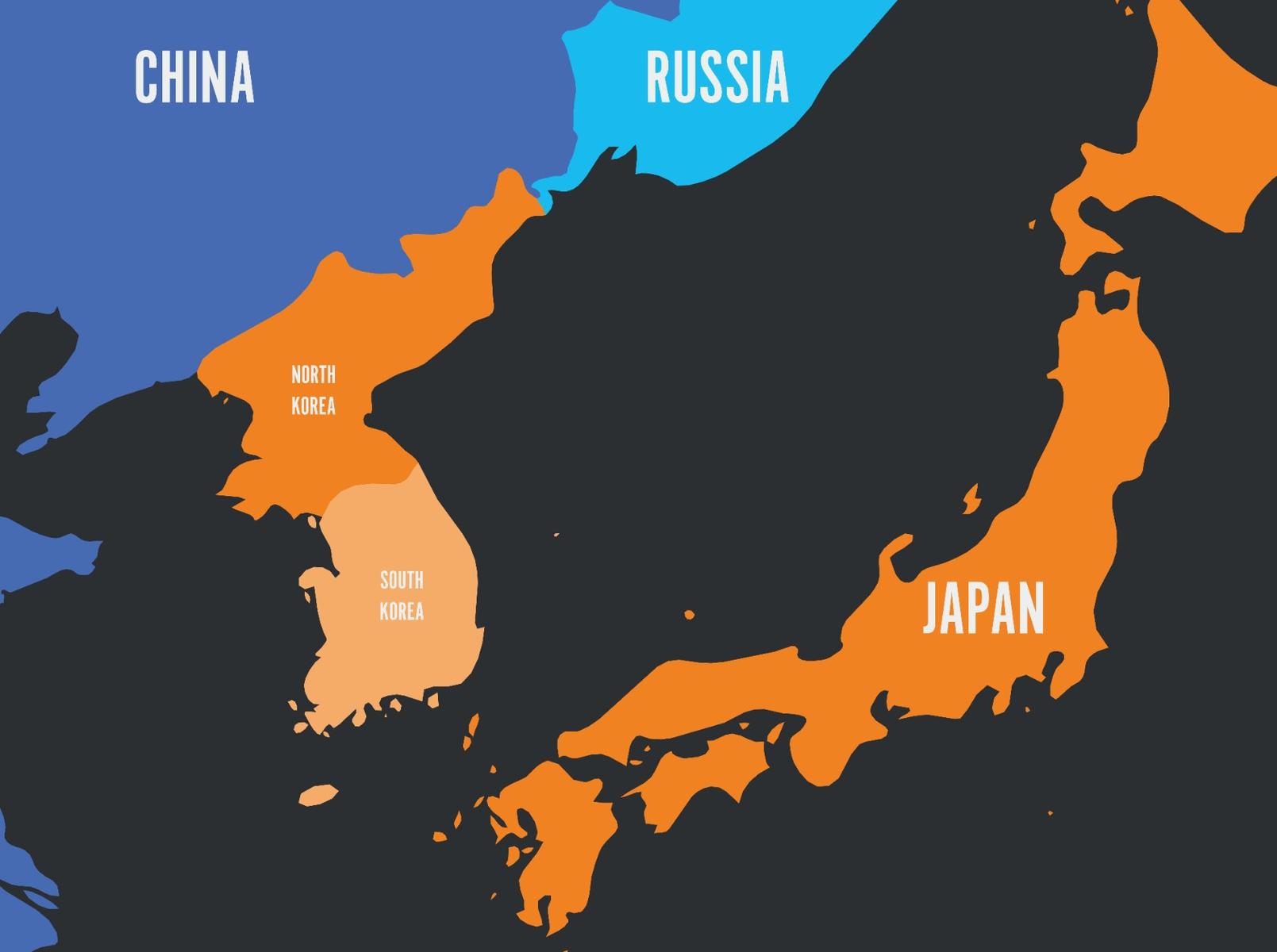
4. Korean Peninsula: Escalating Tensions
In recent months, tensions between Seoul and Pyongyang have steadily grown, with North Korean provocations often receiving aggressive responses from the South.
The dynamic between the two states is driven by impatience, with North Korea feeling undervalued despite its nuclear arsenal and South Korea growing weary of its belligerent neighbor. While such tensions are not new, they were historically constrained by the Cold War and the post-Cold War liberal international order.
The disappearance of these constraints, coupled with the fraying of the second, creates an environment where conflict could become more destructive than the Russia-Ukraine War, exacting a heavy toll with both conventional and nuclear weapons.
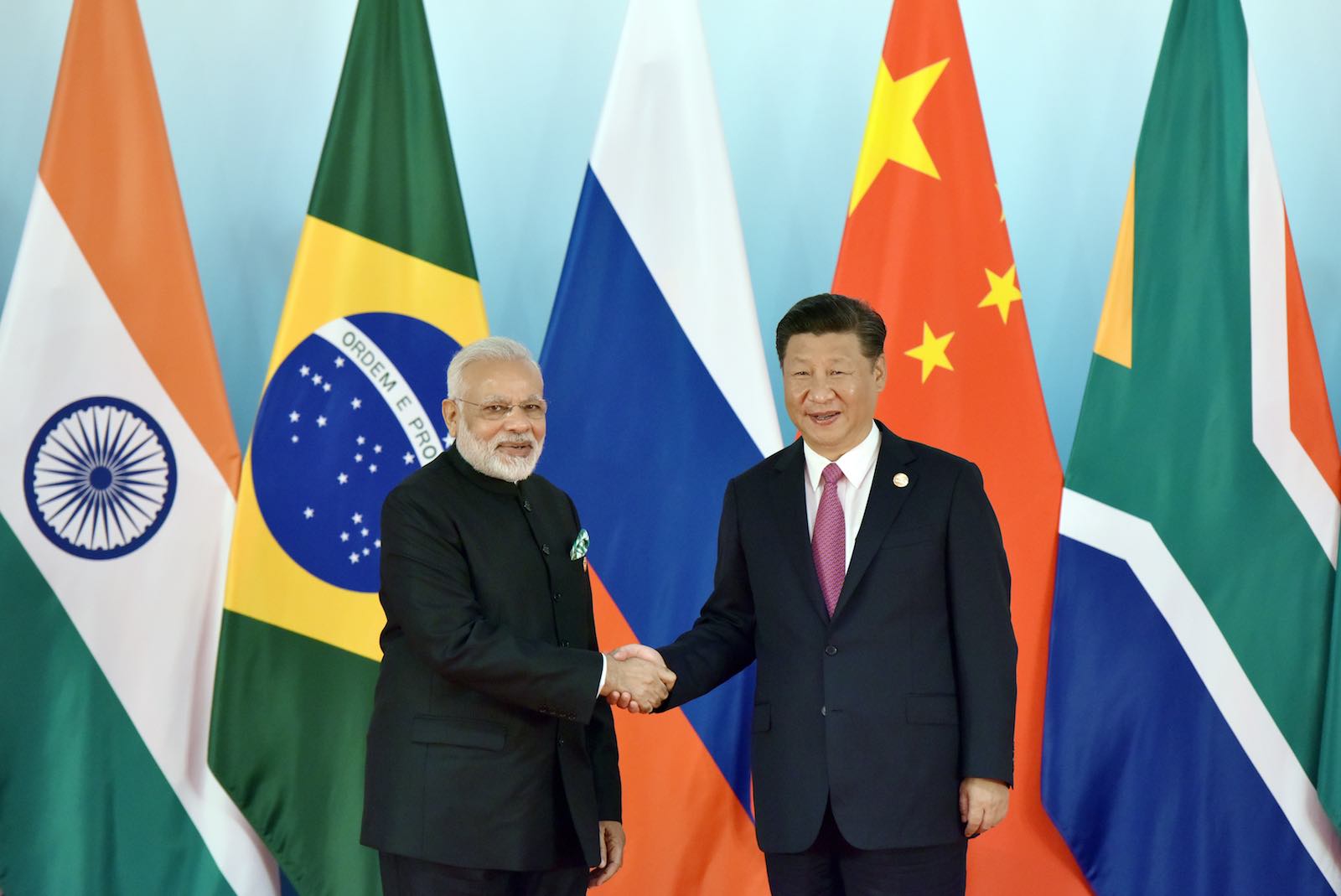
5. China-India: Ongoing Border Disputes
Intermittent skirmishes between China and India continue along the Roof of the World.
These conflicts primarily revolve around control over small, inhospitable mountain territories, making the real stakes elusive.
Despite limited fighting so far, the desire to protect national prestige can quickly become toxic, even for the most sensible leaders.
Whether the leaders Modi and Xi, fall into this category is debatable, but the respective governments have not yet found a resolution to the conflict.
At some point, India or China may be tempted to escalate the situation, which could either achieve their objectives or open the door to a much larger and more destructive conflict.
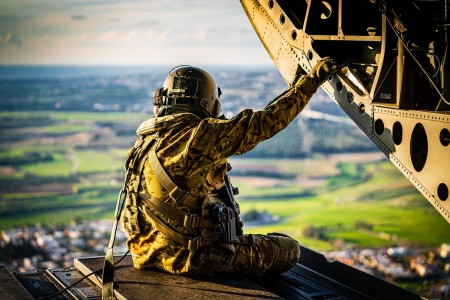
United States Fighting Multiple Wars
Amidst these regional tensions, the United States faces the prospect of simultaneous wars with both China and Russia.
A congressionally appointed bipartisan panel has called for the expansion of conventional forces, stronger alliances, and the enhancement of the nuclear weapons modernization program.
This approach contrasts with President Joe Biden’s belief that the current US nuclear arsenal is sufficient to deter combined forces from Russia and China.
The potential for coordination between Chinese and Russian nuclear weapons capabilities raises concerns as the report has highlighted the need for substantial defense spending increases, although such investments face uncertain congressional support.
The report also says that the United States and its allies must prepare to deter and defeat both adversaries simultaneously, highlighting the risk to the US-led international order and the values it upholds from authoritarian regimes in China and Russia.
The timeline for addressing these threats falls in the 2027-2035 period, making immediate decisions essential to prepare the nation.
In addition to modernizing the US nuclear arsenal, recommendations include:
- Deploying tactical nuclear weapons in Asia and Europe.
- Developing plans for the deployment of reserve US nuclear warheads.
- Expanding the production of B-21 stealth bombers and Columbia-class nuclear submarines.
Moreover, the report calls for augmenting the size, type, and posture of US and allied conventional forces, as failure to implement these measures may force the United States to rely more heavily on nuclear weapons, a scenario that must be avoided at all costs.
The Influence of Artificial Intelligence
Recent advancements in artificial intelligence have raised concerns that AI could unintentionally trigger a global conflict.
A leading academic at the University of Cambridge has warned that AI, in extreme cases, might misinterpret harmless objects, like birds, as incoming threats, potentially leading to a nuclear launch if there is no human override mechanism in place to assess AI-assisted early-warning alerts.
While no state openly seeks to automate its nuclear weapons systems, the integration of AI with command systems is considered promising and, to some extent, unavoidable.
The Last Bit,
The year 2023 emerges as a time of extraordinary uncertainty on the global stage, marked by the dark shadows of conflict and the looming picture of a possible World War III.
As we’ve explored, the risks of World War III extend beyond Ukraine, with flashpoints including Taiwan, Greece-Turkey, the Korean Peninsula, and the border disputes between China and India.
Each of these regions carries its own set of challenges and triggers; the recent calls for the United States to prepare for simultaneous wars with China and Russia further stress the gravity of the situation.
The recommendations for expanding conventional forces, strengthening alliances, and enhancing the nuclear arsenal modernization program reflect a growing recognition of the need to deter and defend against potential adversaries.
As these geopolitical tensions persist, with China conducting military drills in and around Taiwan, Russia entering its second year of conflict in Ukraine, and the United States navigating these challenges, the world remains on edge and vigilant about the potential for a global crisis and a possibility of World War III





